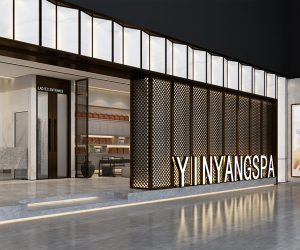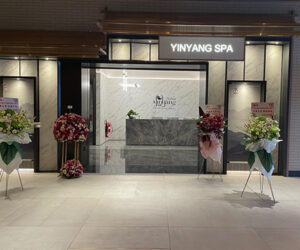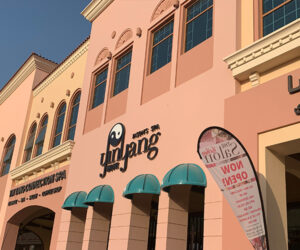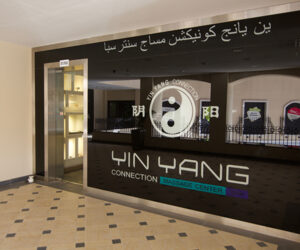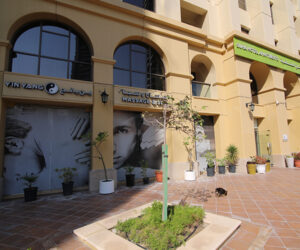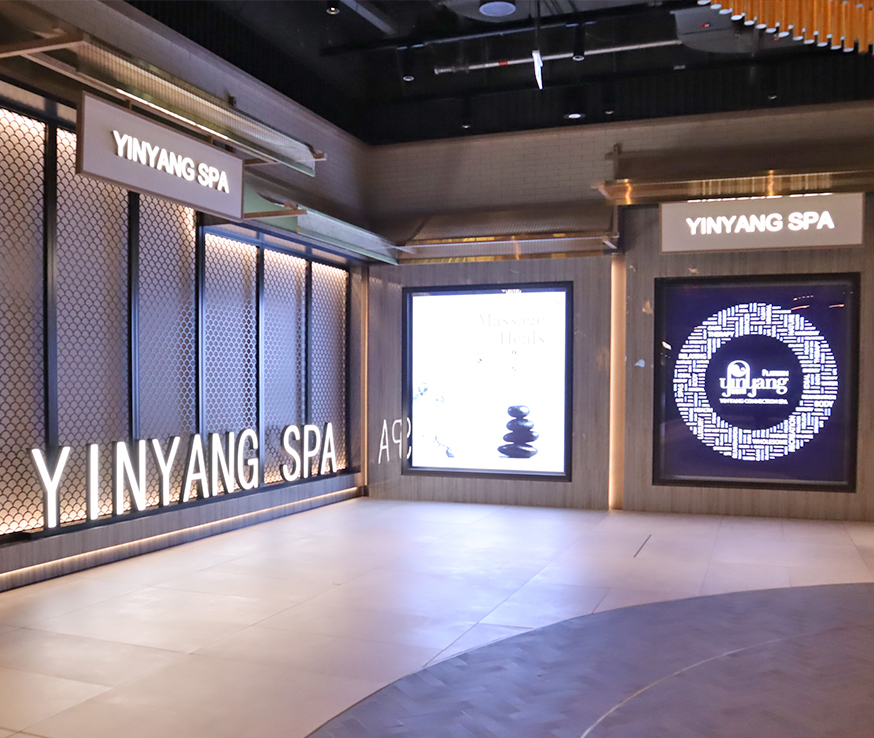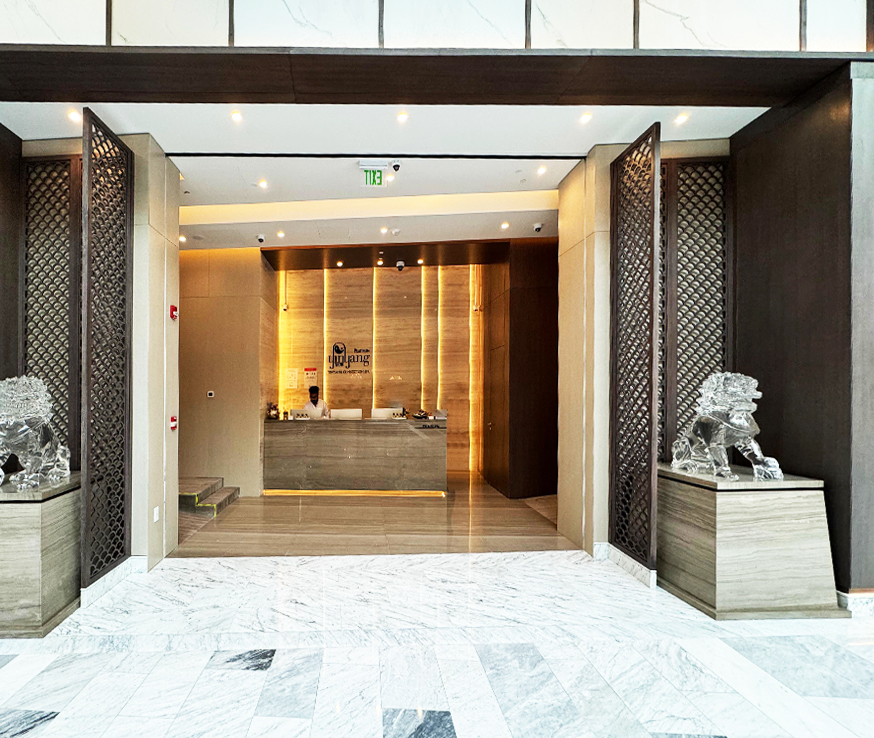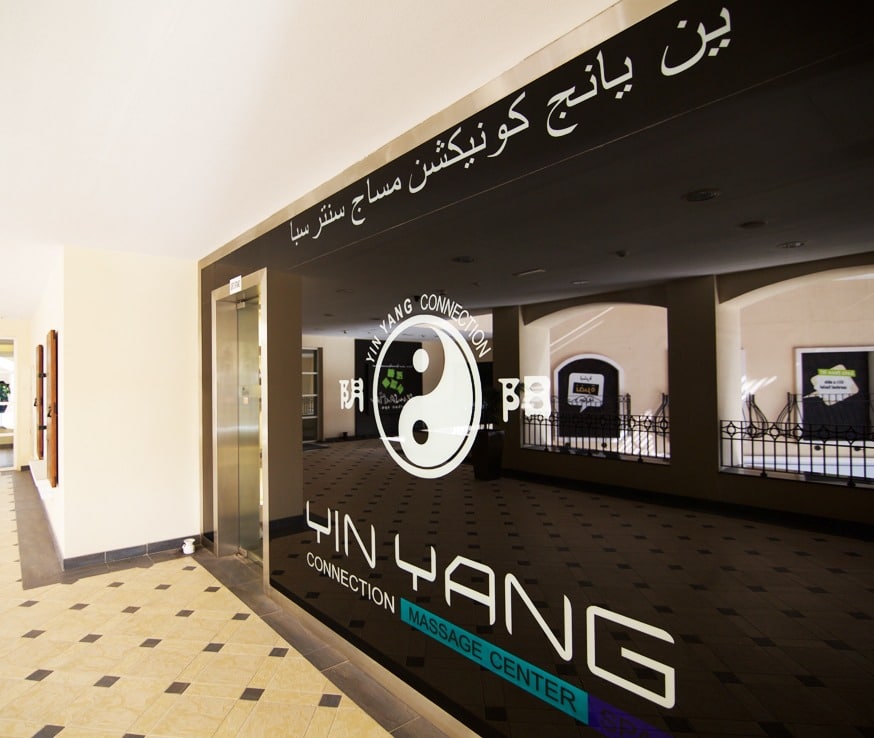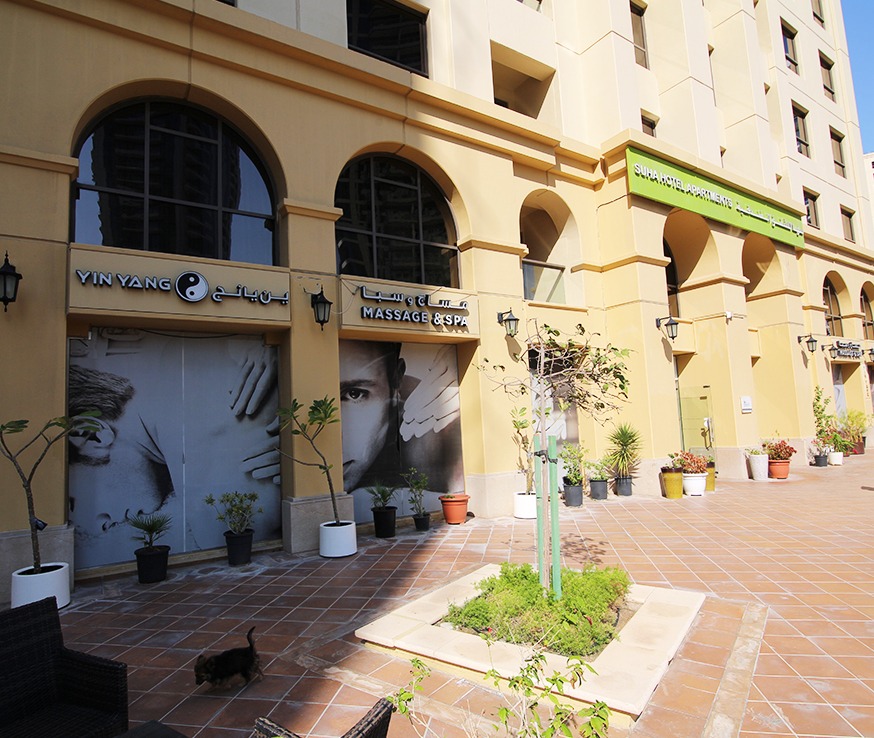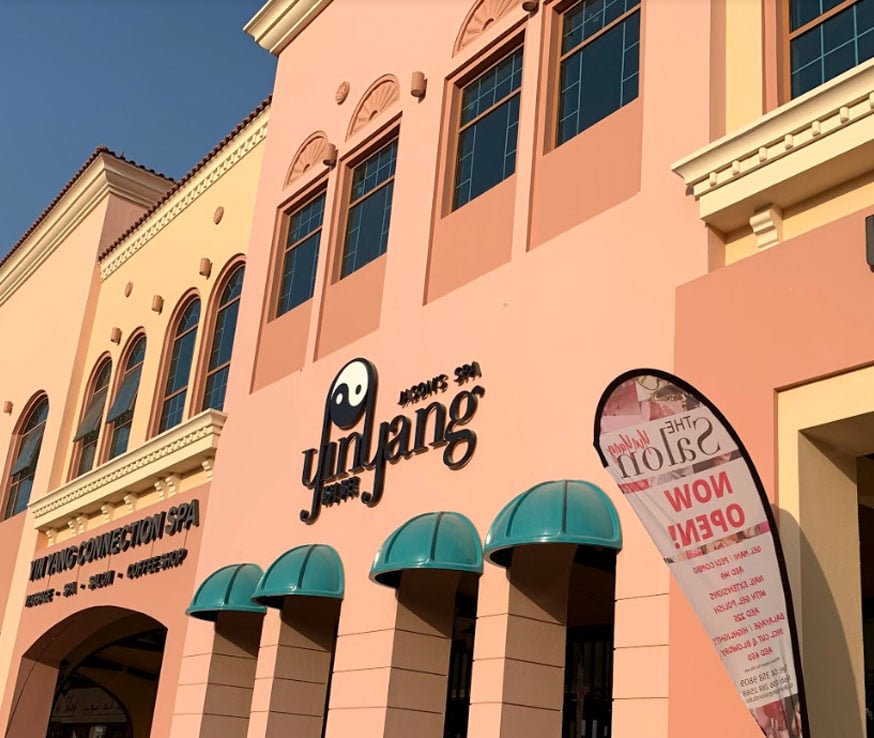Winter is a fantastic time to be in Dubai- the warmth of the sun feels comforting, the morning air is crisp and cool, and the water is pleasant and inviting- regardless of whether you choose to venture into a pool or the ocean.
It is little wonder then, that many people, who do not work out on a regular basis, try to start a workout routine during the winter months. You could hardly ask for better weather to exercise in, even if you were to design the weather conditions yourself! Unfortunately, research has shown that a large number of people who start any workout are unable to stick with their new routine for long enough to make it a consistent part of their everyday lives. There are two main reasons for this- a lack of time, and the inevitable muscle stiffness that is a part of any new workout.
There is very little that we at Yinyang Connection Massage Centre can do if the issue you are facing is a lack of time, but we would like to help our readers understand the true cause of muscle stiffness so that they are able to better combat it. Muscle stiffness is an inevitable part of starting any new workout routine, but the degree to which you (and therefore your workout) are affected by muscle stiffness can be minimised by better understanding the underlying issues that lead to muscle stiffness.
Whenever we exercise a particular muscle group, that muscle group requires energy in order to be able to do the exercises we are asking it to perform. In order to meet those energy requirements, the body, the muscles burn glucose- at first, through aerobic means. However, as our breathing becomes shorter and more ragged, the body begins to prioritise the distribution of its limited supply of oxygen, and our muscles begin to break down the glucose anaerobically (without using oxygen). This is when we start to feel the ‘burn’ in our muscles- the breaking down of glucose without oxygen creates lactic acid, causing the burning sensation. That lactic acid remains in our muscles for the next day or two, if left to its own devices, before eventually dissipating. There are, however, certain steps that we can take to ensure the lactic acid dissipates faster, leaving us feeling fitter and more able to work out over the coming days. These include:
- Breathing: One of the best things we can do to prevent the buildup of lactic acid is to focus on our breathing while exercising. Make sure you are taking deep, regular breaths from the moment you start exercising- this will help ensure that your body has enough oxygen that it will not need to turn to anaerobic respiration, thus causing the lactic acid buildup to start. If you feel your breathing start to get shorter and shorter and wish to prevent the lactic acid buildup, our suggestion would be to slow down the pace of the exercise until your breathing is back to a more normal level, before reverting to the earlier pace.
- Stretching: Stretching the muscle groups you intend to work out before exercising prevents the lactic acid buildup reaching the same levels it would have otherwise reached, while stretching after your workout causes the lactic acid buildup within the muscles to dissipate faster than it otherwise would have. Stretching increases blood circulation to the affected muscles, which means that the muscles have more oxygen to work with, thereby reducing the need to rely on anaerobic respiration.
- Hydration: Make sure you keep your body hydrated at all times, as this gives your body the best chance to break down any excess lactic acid within your muscles.
- Massage: Many of us do not want to slow down our pace in the middle of the workout, or do not have the time to stretch before and after a workout on a daily basis, or simply need something in addition to all the tips above to ensure our body is ready for the coming workouts. We would recommend a sports massage in such cases, in order to help you ensure that your muscles are in the best possible condition for the coming workout sessions.
Sports massages offer a variety of benefits, depending on whether you choose to do it before an event, after an event, or simply after a particularly strenuous workout. You can learn more about each category of sports massage by visiting our sports massage page.
The next time your muscles feel stiff after a rigorous workout, book an appointment for a sports massage- your muscles will thank you in the long run!
















